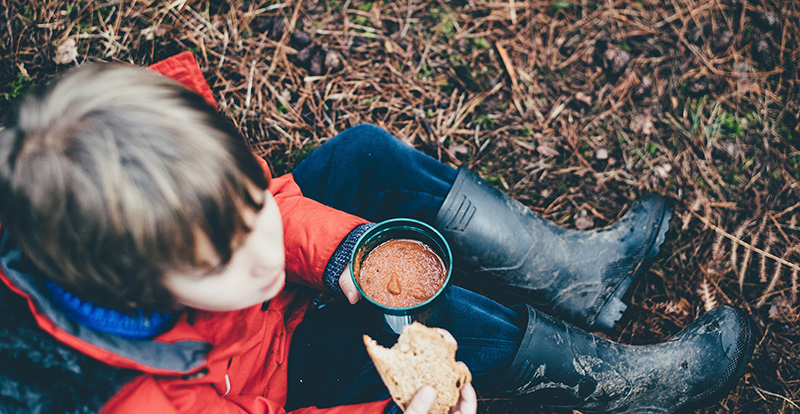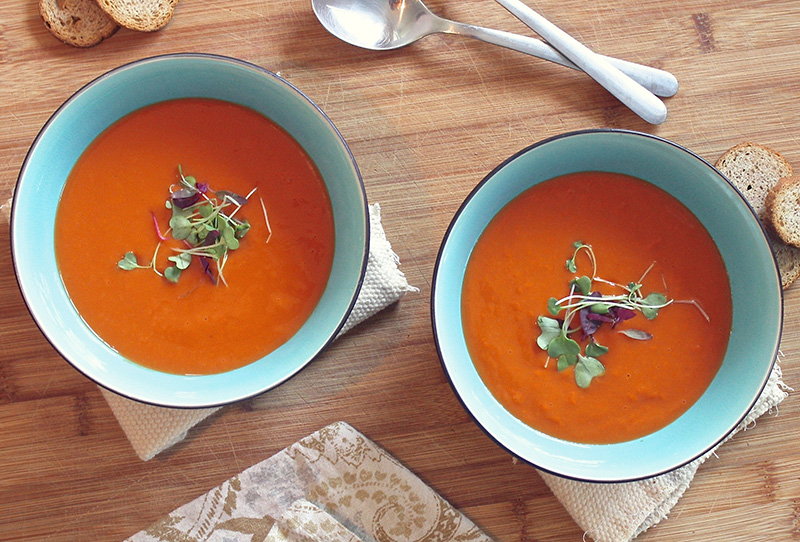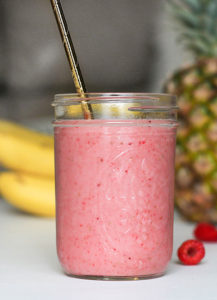
Toddlerhood is such an exciting time of development, especially when it comes to feeding and what foods our children are increasingly able to eat. With this season of transition however, some parents struggle to come up with easy meal ideas that are appropriate for toddlers.
For parents transitioning off of purees and solely to table foods, certain snack-like finger foods may become staples. Developing a mental database for how to handle meals however can be a bit more challenging however, especially if your child isn’t yet used to eating the same things as everyone else at the table (even if modified for safety and feeding skills).
For parents who started solids using a more Baby Led approach, it may be a bit more obvious of a transition to finger foods and what toddler’s can manage with their developing oral- and fine-motor feeding skills. Nonetheless, parents may still be searching for new and easy staples that they can serve their toddlers at meals and snacks, especially when short on time or looking to add variety to a family’s typical menu.
This post will share some balanced meal ideas that are both age-appropriate and nutritionally-adequate for young eaters.
Before discussing actual finger food ideas, there are a few key things to keep in mind:

- Know it’s not just WHAT you feed, but HOW you offer it. No matter what you offer your child at this age and feeding stage, you as the parent need to approach how you feed from a position of clarity and confidence. Otherwise, parents can unintentionally derail even the healthiest of menu options with a negative approach in how they offer such otherwise healthy foods. For more insight on feeding best practices, visit here.
- Use portion sizes as a guide. Do not base the “success” of a meal on whether or not your child ate all that was offered. Instead, use toddler portion sizes as a rough guide for what amount to offer of a given food. Then, based on your child’s appetite and self-led intake of what is offered, offer more upon request or consider reducing waste by offering smaller portions of foods they are still learning to like in the future. For more on portion sizes for toddlers, visit here.
- Consider what nutrients your child needs. Toddlers have small tummies and yet critical nutritional needs for growth and development. Such nutritional considerations as toddler’s need for nutrients (like iron, vitamin D, zinc, and fats – especially in the form of omega-3s) should drive what foods you offer over the course of the day. One of the best ways to ensure that your child is eating “enough” to both feel satisfied and to meet their nutritional needs is to offer foods from each of the food groups at a given meal. For more on the amounts of each food group toddlers need, visit here.
- Include variety, even if your child doesn’t eat it. Toddlerhood is a common time for picky eating to present in children. To best handle picky eating before it starts, establish a norm for meals that are offered that include both preferred and non-preferred foods. Not only does research show that this approach may help children accept new foods, but also offering such variety at meals helps mitigate meal time issues in the future over what is offered. For more on pairing preferred and non-preferred foods in kids diet, visit here.
- Consider safety. While the goal is for toddlers to learn to like a wide breadth of foods (similar to what you as their parent enjoys), expanding a child’s diet takes mindfulness regarding food safety. Always modify or avoid choking hazards as needed to ensure your child’s safety. For more on common choking hazards, visit here.
Breakfast
- Scrambled eggs blended up with spinach and cooked in a bit of avocado oil. Serve with whole grain toast strips with avocado smear and a side of soft, peeled pears.
- Whole grain bread lightly toasted with a thin smear of almond or other nut butter. Serve with a banana “lollipop” (partially peeled banana) and side of whole, plain yogurt. Here is our recipe for Super Simple Moose and Goose Banana Pops!
- Oatmeal cooked with whole milk or milk alternative and added fruit (like berries or smashed banana), finely shredded zucchini or carrots, nut butter drizzled in, and hemp hearts.
- French toast strips made me whole grain bread, eggs, and milk (or milk alternative). Drizzle with nut butter and top with smashed raspberries.
- Omelet with finely diced veggies (like mushrooms, onions, tomatoes, and spinach) sautéed in olive or avocado oil. Serve with shredded cheese and side of cantaloupe.

Lunch
- Refried bean burritos with avocado, shredded cheese, and quinoa in a whole grain wrap with a side of diced watermelon.
- Egg and avocado salad sandwiches on whole grain bread or open-faced. Serve with a side of frozen peas (heated and thawed) and halved blueberries.
- Snack platter with hummus, roasted carrots, roasted zucchini spears, and roasted cauliflower florets to dip, quartered grapes, grated cheese, and avocado cubes.
- Veggie or lentil-based soup with whole grain toast strips or grilled cheese for dipping.
- Mini frittatas made with cooked veggies, crumbled goat cheese and/or sausage. Cook in mini muffin tins and serve with a finely chopped fruit salad.
Dinner
- Lentil-based noodles tossed in a meat and veggie spaghetti sauce. Cut noodles so they’re bite size and easier for small hands to self-feed with or without a utensil.
- Roasted salmon with soft-roasted broccoli florets and quinoa. Add hummus or smashed avocado to quinoa to make it easier to self-feed.
- Soft strips of steak with soft-cooked bell peppers fajita style. Serve with guacamole for dipping and a side of corn.
- Burgers made from veggies, beans, salmon, low-mercury tuna, natural ground poultry, or grass-fed beef. Cut burger patty into strips and serve with slices of avocado, tomatoes, cheese, and greens to self-stack or eat separately. Serve with homemade sweet potato fries.
- Tender cooked chicken legs (which are easy to hold) with a side of zoodles lightly sautéed in olive oil, garlic, salt, and pepper and sprinkled with parmesan.
 Snacks
Snacks
- Smoothies like this tropical green smoothie or this all-in-one strawberry avocado smoothie
- Yogurt (whole, plain variety) sprinkled with chia seeds, banana slices or diced strawberries, and granola (omitting any nut pieces)
- Healthy muffins like these carrot muffins and these blueberry oat ones
- Homemade trail-mix with iron-fortified cereal (like unsweetened O’s), raisins, diced dried apricots, freeze-dried berries or bananas, and coconut chips
- Homemade fruit-and-nut bars like these blueberry lemon energy bites
Remember, variety is key with developing appetites for a wide variety of foods with toddlers. Hopefully this resource list helps give you some fresh new ideas for age-appropriate foods to offer!
Don’t forget to follow us on Twitter, Instagram, Pinterest, and Facebook!
 Contributor
Contributor
Ashley Smith is a pediatric dietitian and mom to two apprehensive eaters (ages 4 and 2). Her mission is to bring other families less meal time stress and more feeding success. Ashley does this each week through sharing simple approaches to meal planning and effective strategies for raising healthy eaters. Follow her on Instagram @veggiesandvirtue or her blog, www.veggiesandvirtue.com.
Original content © 2018 Super Simple. Not to be reprinted without express written permission. Terms of Service.

